Just 30 miles east of Edinburgh stands one of Scotland’s great castle ruins, the rose-hued Tantallon Castle, crowning East Lothian on the Firth of Forth coast. I cannot say for how long my desire burned to visit this reputedly gorgeous and historically rich castle other than to say, simply, too long. Being so close to Edinburgh, which should figure into anyone’s trip to Scotland, one would think it should be no trouble to visit, but Edinburgh — and the highlands — are like magnets that make journeys east and south from the majestic city difficult indeed.
If you’ve been reading Traveling Savage over the past year, however, you’ll know the truth: There are enough riches scattered around Scotland to draw and quarter you upon the compass rose.
So it was that I drove north from the Scottish Borders, through the town of Duns and the coast road to Dunbar, into the hinterland of East Lothian. The landscape is pastoral and grassy, perfect for grazing sheep, with a couple of striking hills, Traprain Law and North Berwick Law, visible from nearly everywhere in the small council area. The path to Tantallon Castle takes you down small roads deep into the rural countryside to the coast east of North Berwick. It’s then a short hike past the ticket office upon grassy sward before your eyes fall upon Tantallon’s romantic facade.
There’s something about castle ruins overhanging the sea that chokes me up. Have you seen Dunnottar Castle? Here, standing upon an earthen embankment that surely served as a defensive fortification in times of yore, the immense red sandstone curtain wall dominates the skyline while a doocot in the same style stands in the foreground. Between them, off in the distant sea, rises the frosted eminence of Bass Rock (it’s a sea bird colony — I don’t need to tell you what it’s frosted with).
On a sunny and windswept day, it’s a view to die for.
And in fact, many people did die here over the course of Tantallon’s 300-year occupation. Tantallon Castle was built around 1350 by William Douglas and passed down to his illegitimate son George, who became the progenitor of the Red Douglases (as opposed to the dastardly Black Douglases). Tantallon was besieged again and again throughout its functional life, first by King James IV in 1491 and again by his successor, King James V, in 1528. One hundred and fifty years later, Tantallon was besieged during the First Bishops’ War and finally by everyone’s favorite abbey-burner, Oliver Cromwell, in 1651.
Tantallon Castle is considered to be the last great medieval castle built on Scottish soil. Though much of it remains in ruins today, the truth is there never was much to it. Approaching the castle, the mind creates an image of its unseen parts — the castle must be square with the curtain wall extending on all four sides with battlements and towers — when the reality is that Tantallon is a singular curtain wall protecting a coastal promontory naturally defended on three sides by steep cliffs.
Walking across the wooden bridge toward Tantallon’s gatehouse is a spine-tingling moment. The massive fore tower looms over you in a mix of red sandstone and green stone from the nearby cliffs. The green stone was added to strengthen the fore tower after 20 days of artillery bombardment by King James V in 1528.
The interior of the gate house has a gloomy, menacing feel despite the sun shining through the roof-less space. Green moss and lichen blanket the lower stones where the shadows rarely depart, and sea birds nest in the shattered openings high up the walls. Look closely at the opening with the metal guard rails. Do you see anything? This is the famous place of Tantallon’s spooky ghost sightings.
The backside of Tantallon Castle’s curtain wall opens onto a wide green close with additional ruins along the north cliffs and stunning views out to sea. The view back here completes one’s sense of scale and provides excellent sight-lines to Tantallon’s three towers, where the Earls of Angus lived.
Unlike many other castle ruins, Tantallon Castle isn’t just something to look at. Within the enormously thick curtain wall are stairs that lead up to the wall walk. Nothing gives you a better idea of what castle life must have been like than to walk the walls with the cool, sea wind desperately trying to rip off your hair and clothing.
But what about the title of this post? Camelot, you say? There is no definitive proof of where Camelot was to be found, or if it even existed, but one theory has its origin as Tantallon Castle. There are, in fact, many clues that Arthur and his tale took place in southern Scotland, from Arthur’s Seat in Edinburgh to the Isle of Arran which, of old, was known as Avalon. Guinevere is said to have hailed from Perth while Sir Lancelot is associated with nearby Traprain Law. Undiscovered Scotland has a great article on Arthur and his connection to various places in Scotland. That it might all have started here adds my favorite kind of mystical twist to any historic site.
From the edge of the cliffs inside Tantallon’s walls there are unimpeded views of Bass Rock, which warps perceptions of size and scale: It looks like a stone standing in a puddle. Bass Rock is a conspicuous island, however, and it has figured large in history and myth. It played no small part in Robert Louis Stevenson’s Catriona (the sequel to Kidnapped).
I didn’t want to leave Tantallon Castle. In my view, it is one of the most beautiful and engaging castle ruins in all of Scotland. Even the name rolls off the tongue with beauty and grace. I may just have to update my best castles post for this one.
In the meantime, head east good traveler!
Disclosure: Historic Scotland provided me with complimentary entry. All thoughts and opinions expressed here are my own.

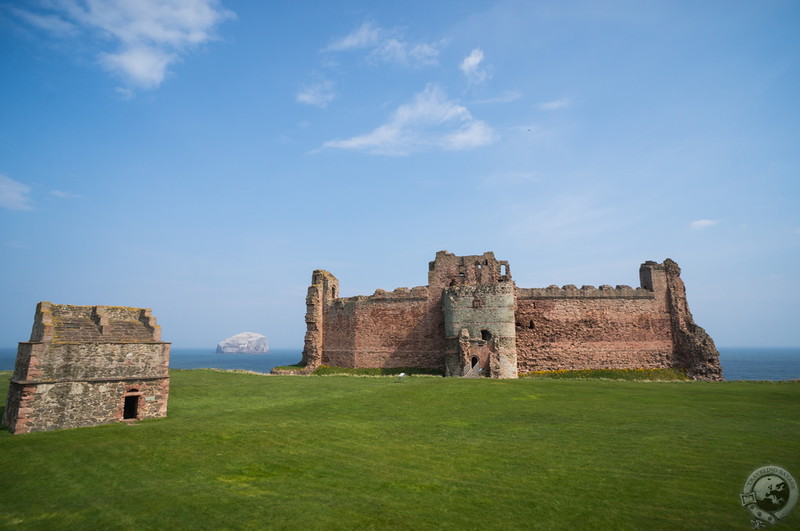
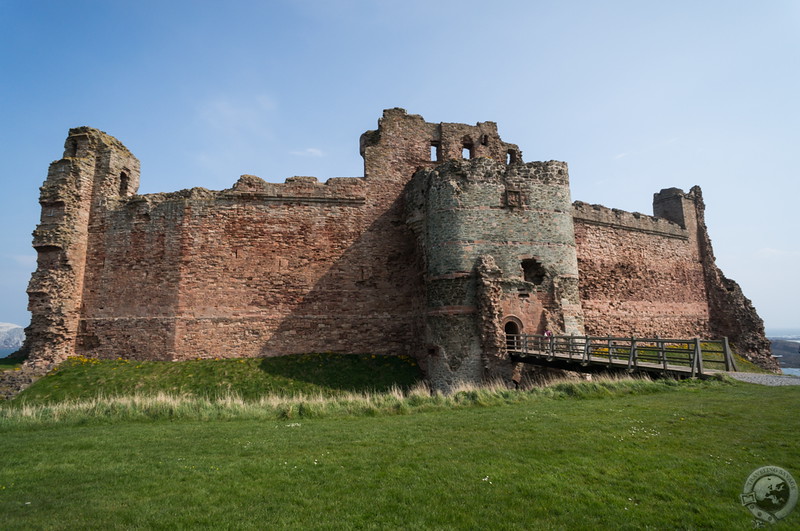
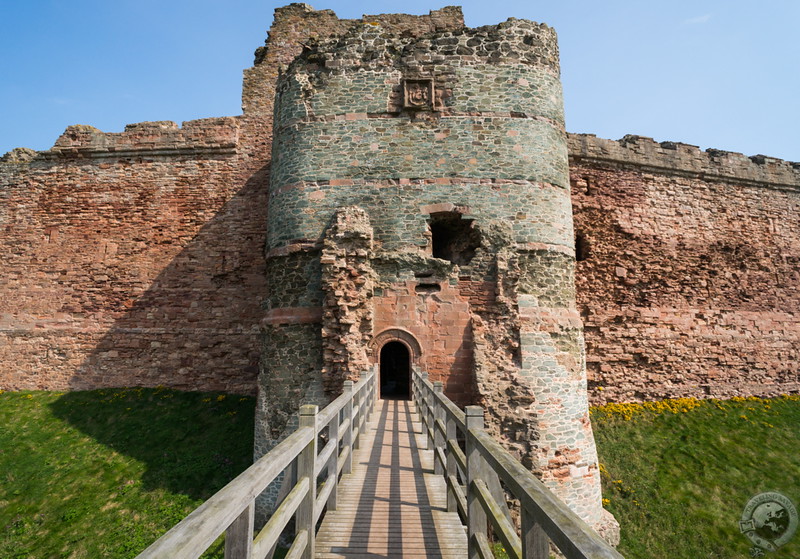
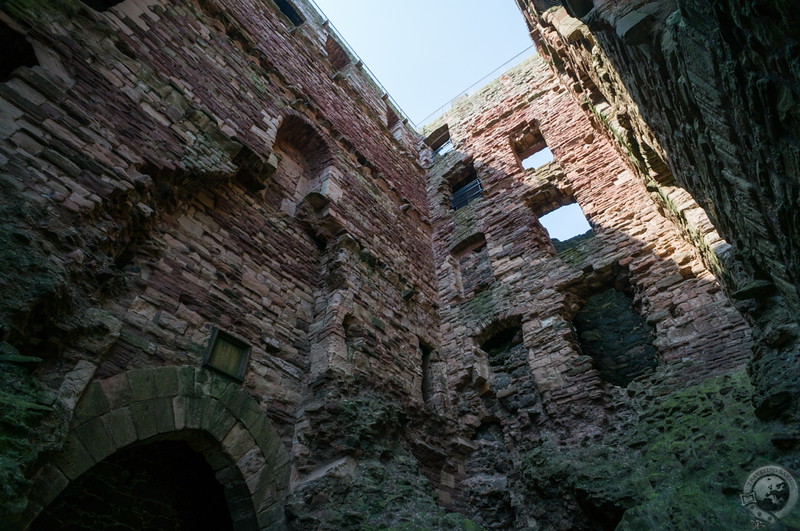
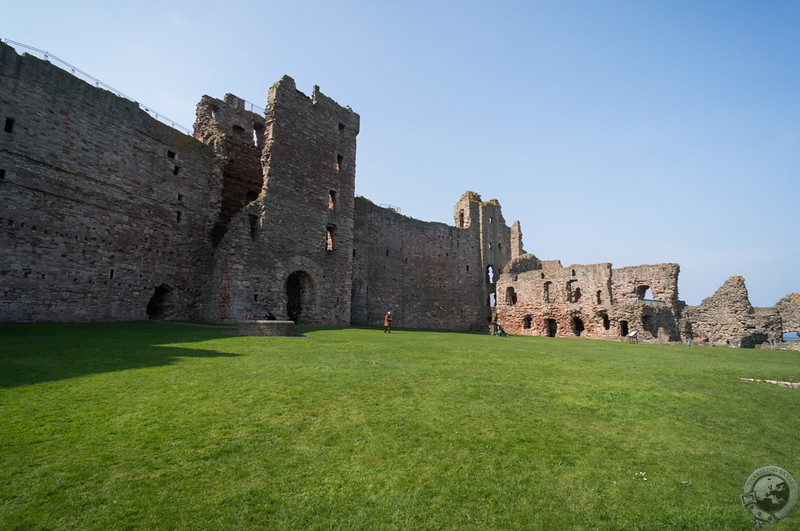
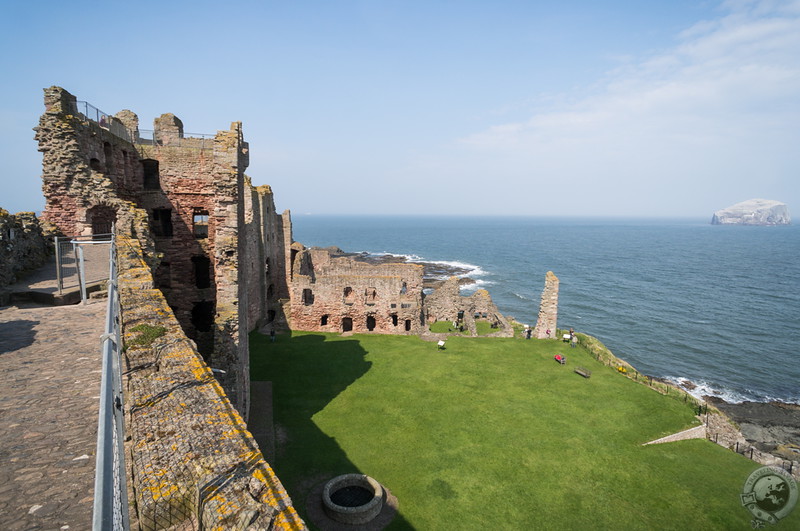
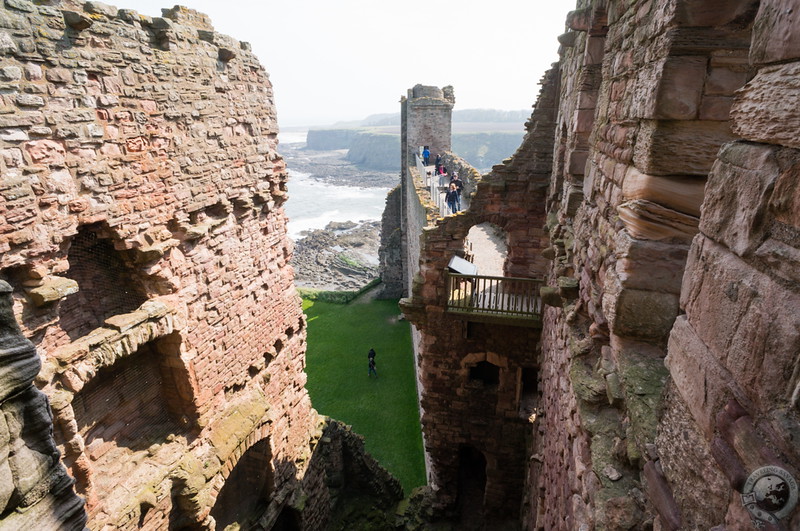
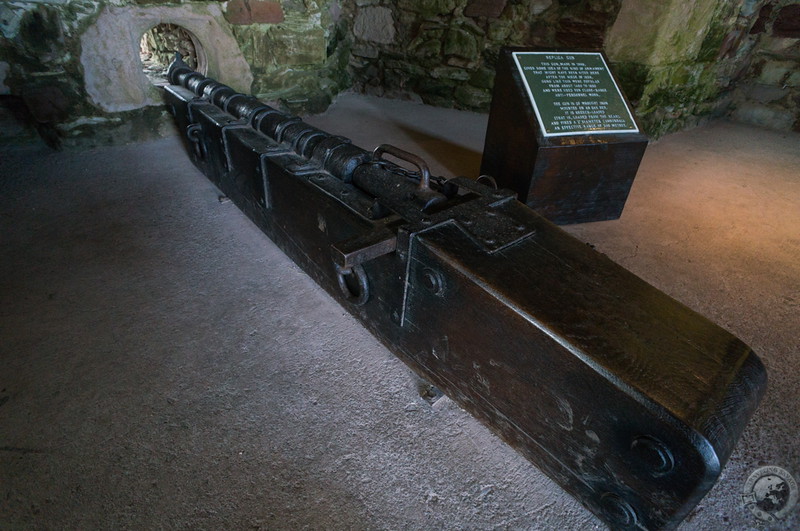
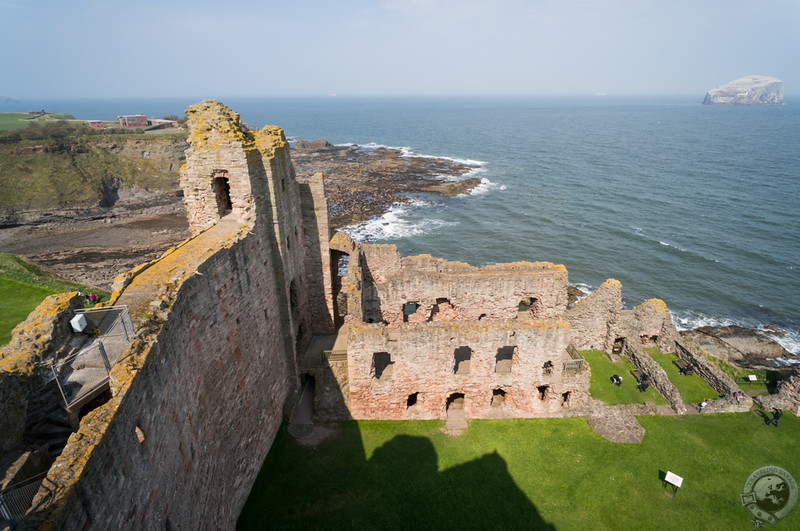
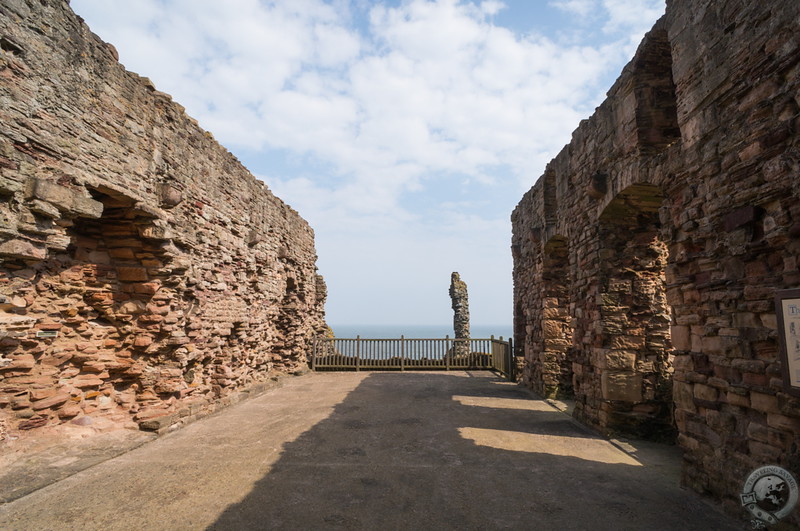
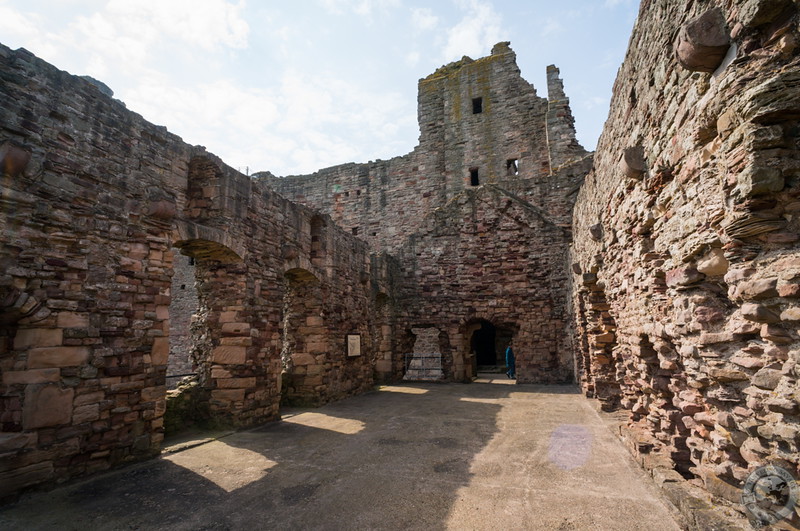
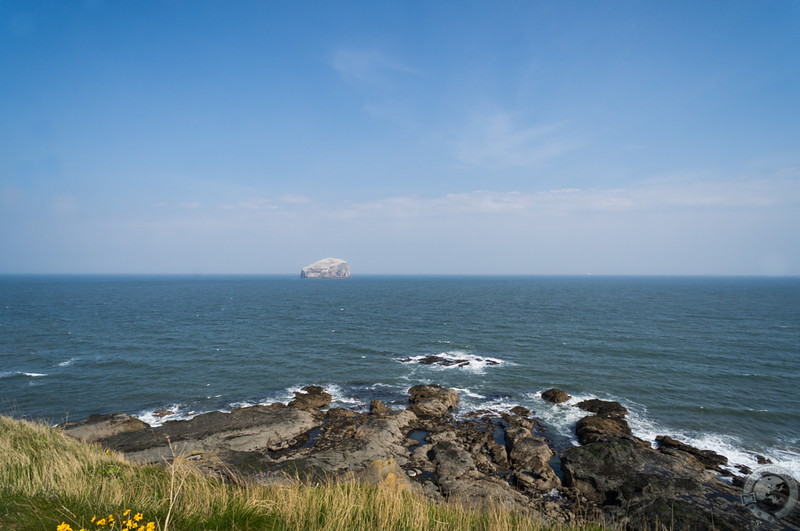
[…] By Keith Savage […]
I recently discovered your blog, and since then, I haven’t stopped reading! Visiting Scotland has been a dream of mine for as long as I can remember. Your photos and descriptions of your travels through Scotland have me completely hooked. My husband and I want to take our daughter with us when we make our trip there, so we have a few years yet to plan. It’s been really helpful to see some of the more “off the beaten path” sights that you don’t read about in other travel guides.
Hi Katie,
I’m excited for you. The first trip to Scotland is incredible, and I’m glad you’re finding my site helpful in the planning process. Thanks for reading!
I just love reading all of your posts. We are going to Scotland for a wk in July and I can’t wait!! I have always wanted to go there for as long as I remember. The castles and the history intrigues me and Tantallon castle is just so mesmerizing!!! It is just so ruggedly beautiful. There are so many places to see in a short week that I get a little stressed thinking about fitting it all in.Those are interesting too. Well I am sure one visit won’t be enough for me! Thanks for bringing it all to life; I look forward to all your adventures.
Thanks for reading (and commenting), Dawn! Happy to share it all with you. Enjoy your trip this summer! I’m sure it won’t be the last 🙂
I meant to ask you about the stone circles in Scotland. I know you have talked about them before. Where do you suggest going to see those? Thanks!
The two most amazing stone circles are the Ring of Brodgar in the Orkney Islands and the Calanais Standing Stones on the Isle of Lewis in the Outer Hebrides. The Isle of Arran also has the Machrie Moor standing stones, and the Clava Cairns near Inverness are another good visit. Hope that helps!
I’ve just found this site, and you’ve written about Tantallon castle which is my favourite castle to date.We are lucky enough to live in Scotland and are members of Historic Scotland, [best thing we ever did]. We’ve visited Tantallon about 4 times and I love the feeling I get from wandering around Thankyou for sharing this and I hope to see more of your travel blogs.
Hi Marion,
I was blown away by Tantallon, so I can see how it would be your favorite. How lucky you are to live in Scotland – the dream!
[…] interest in the Law extends back to its Dark Ages history, and it, along with Tantallon Castle, became the driving force for my visit to East Lothian. When I found Traprain Cottage B&B […]
[…] the topic of East Lothian castles arises, Tantallon Castle justifiably receives the lion’s share of the attention. Less than six miles to the west, […]
I never really know that Scotland of all places was so rich in heritage and culture. The history that this post speaks of has got me really interested. All the ruins of each castle and the stories behind it are very enchanting. The views seem spectacular and it sure draws you to book your tickets to travel to this exotic location!
What a cool-looking place. Love those green and red stones and the incredible setting. Thanks for sharing; this will go onto my Pinterest travel board.
[…] under the careful eye of Robert Stewart, Duke of Albany, and ruler of Scotland in all but title. Tantallon Castle and Dirleton Castle also hail from this busy period in Scottish construction, and I’m now […]
my maternal grandfather Robert Henry.was born in Scotland. my Mother Katherine Anne Henry was born in Philadelphia. and passed away Feb. 2007. My siblings and I never met him but feel a deep connection to Scotland.